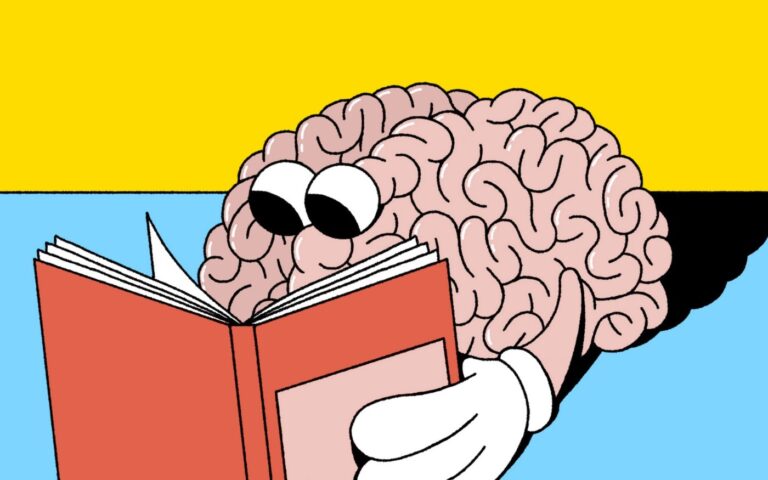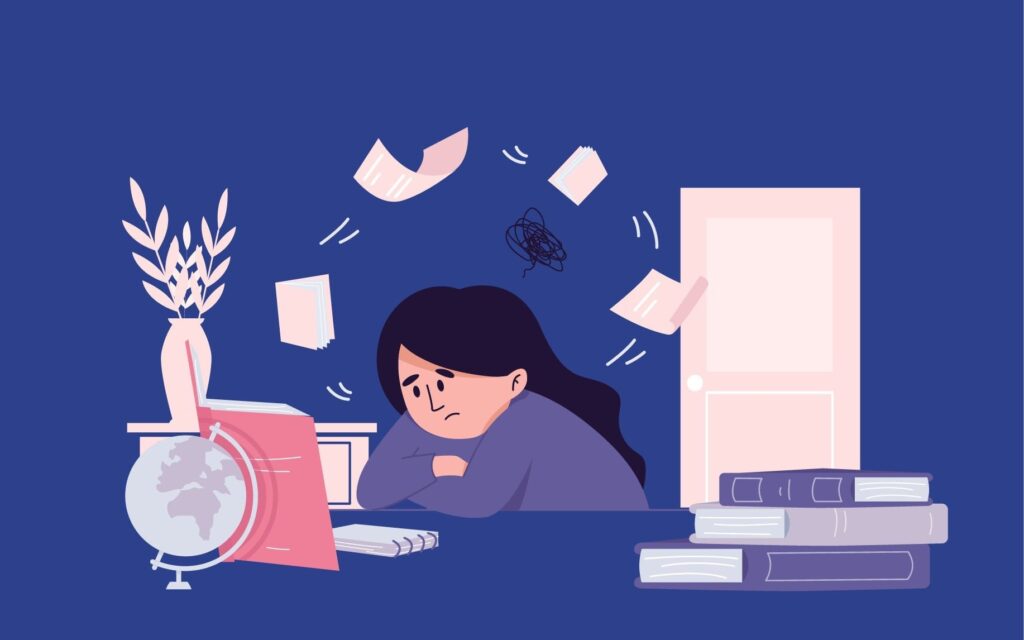A high-level international polio team concluded on Thursday after visiting Pakistan that there is unprecedented support and commitment to ending polio by 2023 and that if the current pace is maintained, the nation will be able to stop transmission in the upcoming year.
Dr. Chris Elias, Chair of the Polio Oversight Board (POB), Dr. Ahmed Al-Mandhari, Regional Director of WHO, and George Laryea-Adjei, Regional Director of UNICEF, headed the delegation.
The hardest part of eradicating polio is yet to come, but eradication is possible because of the diligent work being done in Pakistan, according to Dr. Elias.
“During my three-day visit, I was once more moved by the government’s and the community’s commitment to eradicating polio forever,” he continued. The next polio campaigns must successfully reach every child, and the regular immunization program must be strengthened.
The highest governing body of the Global Polio Eradication Initiative is the Polio Oversight Board. This is the delegation’s second trip to Pakistan as a group this year. A polio case was discovered in Pakistan after almost 15 months, prompting the previous visit in May. The most recent visit occurred after devastating floods that resulted in the widespread relocation of people and the loss of multiple medical institutions, which raised the danger of polio transmission.
Pakistan is at the “final stretch” of the road to eradication, according to WHO Regional Director Dr. Ahmed Al-Mandhari.
“The nation is in a strong position to completely eradicate poliovirus transmission by 2023 thanks to the accomplishments made this year. Although 2023 will be a year of elections and political transition, maintaining political and administrative commitment will be necessary to ensure that we achieve our goal, he added. In accordance with our regional vision of health for all by all, “everyone has a part to play in ending polio via our collective solidarity and action.”
Director of UNICEF’s South Asia Region George Laryea-Adjei stated that Pakistan’s accomplishment in halting the spread of polio through collaborative efforts by the government, funders, frontline health workers, and partners is genuinely impressive.
We must step up efforts to involve parents and other caregivers in protecting these kids, he added, noting that the recent flooding has increased health concerns for millions of kids, particularly those who reside in areas that have historically had the highest risk of contracting polio. “The eradication of polio is imminent, and we must now make the final push to guarantee that every kid is protected against this crippling condition.”
The delegation met with the Prime Minister, the Federal Health Minister, the Engineer-in-Chief of the Pakistan Army, and the leaders of the provincial governments of Balochistan, Khyber Pakhtunkhwa, and Sindh during the visit, and they reaffirmed their support for helping Pakistan stop the spread of the poliovirus by 2023.

























